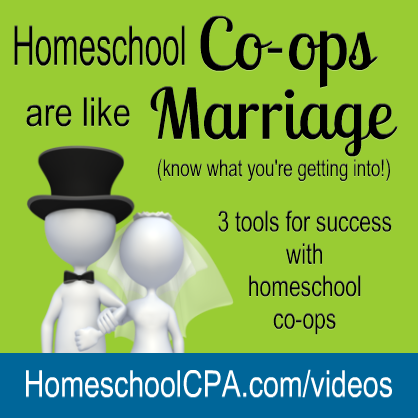
Homeschool leaders are having a hard time planning for the future this summer (2020). There are concerns about member’s safety as the COVID-19 pandemic rages on, parents needing support homeschooling, and new families considering homeschooling long-term.
There are so many decisions to make. Is there anything to help homeschool leaders?
Yes. there is!
It’s called a decision matrix.
When I was in homeschool leadership, our board had four different locations to chose from. We created a decision matrix to help us evaluate all the options and what criteria was most important to us.
We considered the location, rent, facilities, and relationship with he host church. It was a visual tool to help us see which option was the best choice.
A decision matrix could be a bit help to your homeschool group as you plan your activities for the fall of 2020.
Some of the criteria you might want to consider include:
- Low risk of spreading the coronavirus
- Cost to run the activity
- Ease of social distancing
- Ease of sanitation
- Popularity with members
- Indoors or outdoors
- Availability to everyone or just some
- Welcoming to newcomers
- Ease of running the activity
- Does the activity help accomplish our purpose?
Below is a snapshot of a possible decision matrix. This example has five activities the homeschool group is considering (including a new idea) and the criteria they will use to evaluate offering each activity in the fall.
The support group meetings (in homes and moms only) received a high score, but unfortunately the in-person co-op classes did not; they were too risky.
You can also add a weight factor since not all criteria are equal in importance. In this example the criteria were ranked from one (low importance) to five (highest importance). Your group may have several ones and more than one five.

This decision matrix spreadsheet is available to download. I hope it is helpful to your group as they evaluate their programs and activities in the future.
Feel free to edit the Activities and Criteria and, of course, the scores to fit you particular group.
Be sure the wording of your criteria and scores are consistent. High scores means good, low scores are bad. For example, a low risk of spreading disease gets a high score. A high risk of spreading disease would get a low score. It’s easy to get the wording and scoring mixed up!
You are allowed to share this spreadsheet with other homeschool group leaders but please attribute Carol Topp, CPA at HomeschoolCPA.com
You might find my webinar Homeschool Leaders: Planning an Uncertain Future helpful. It’s meant to help homeschool leaders who are facing difficult decisions.


